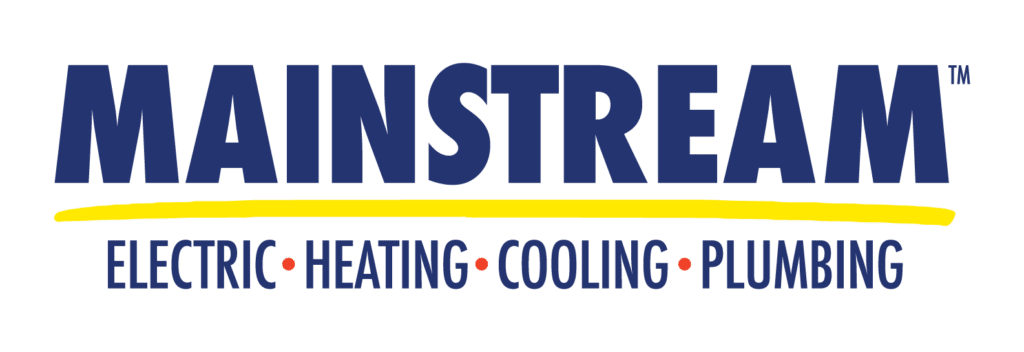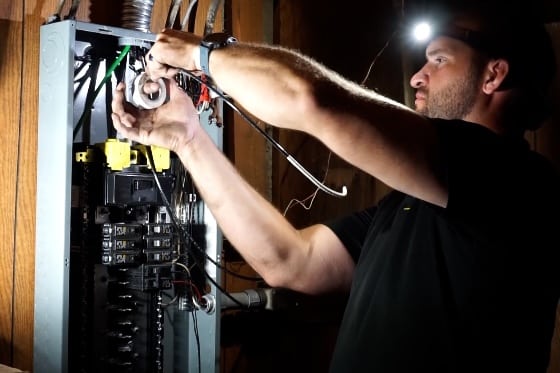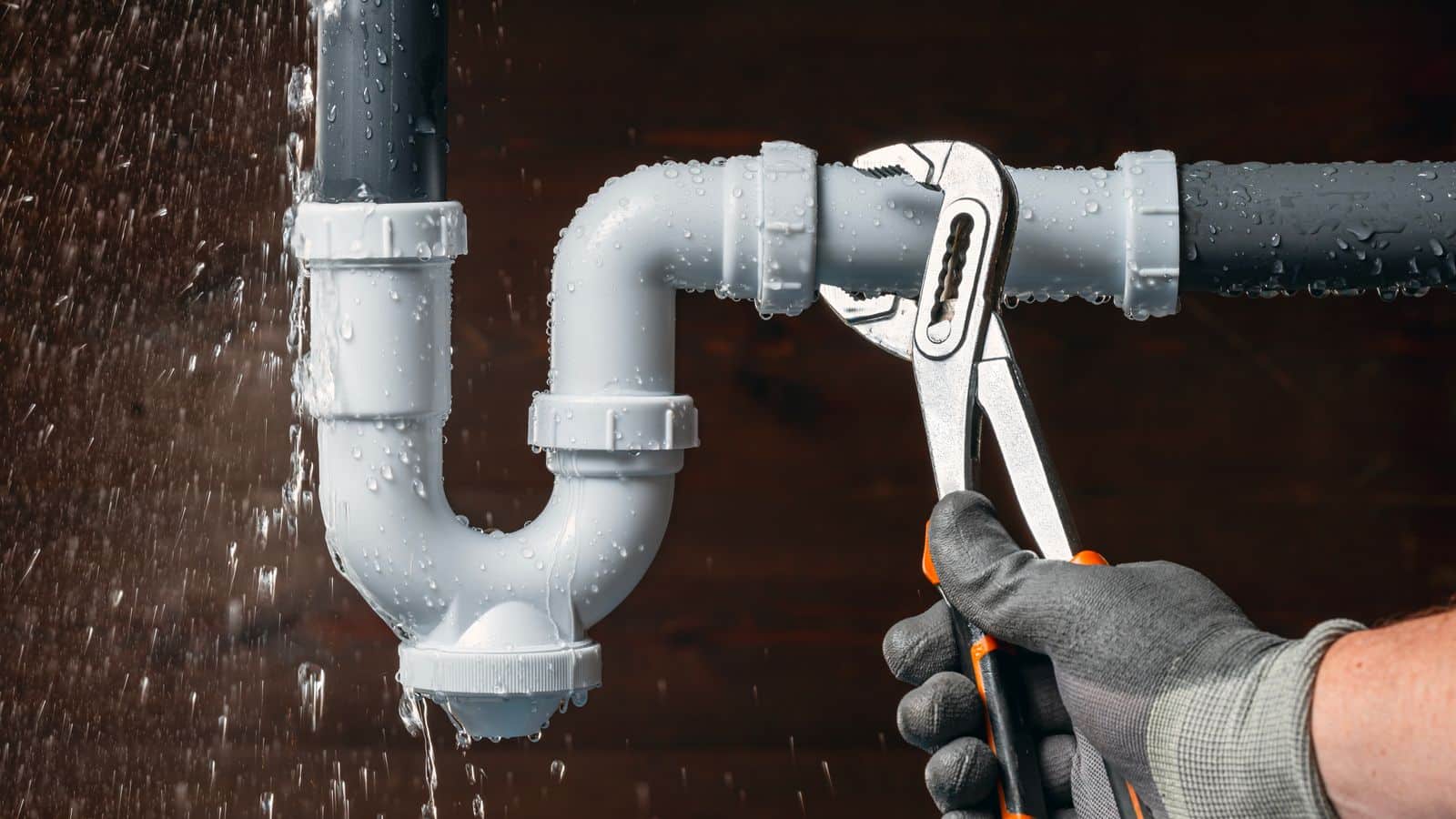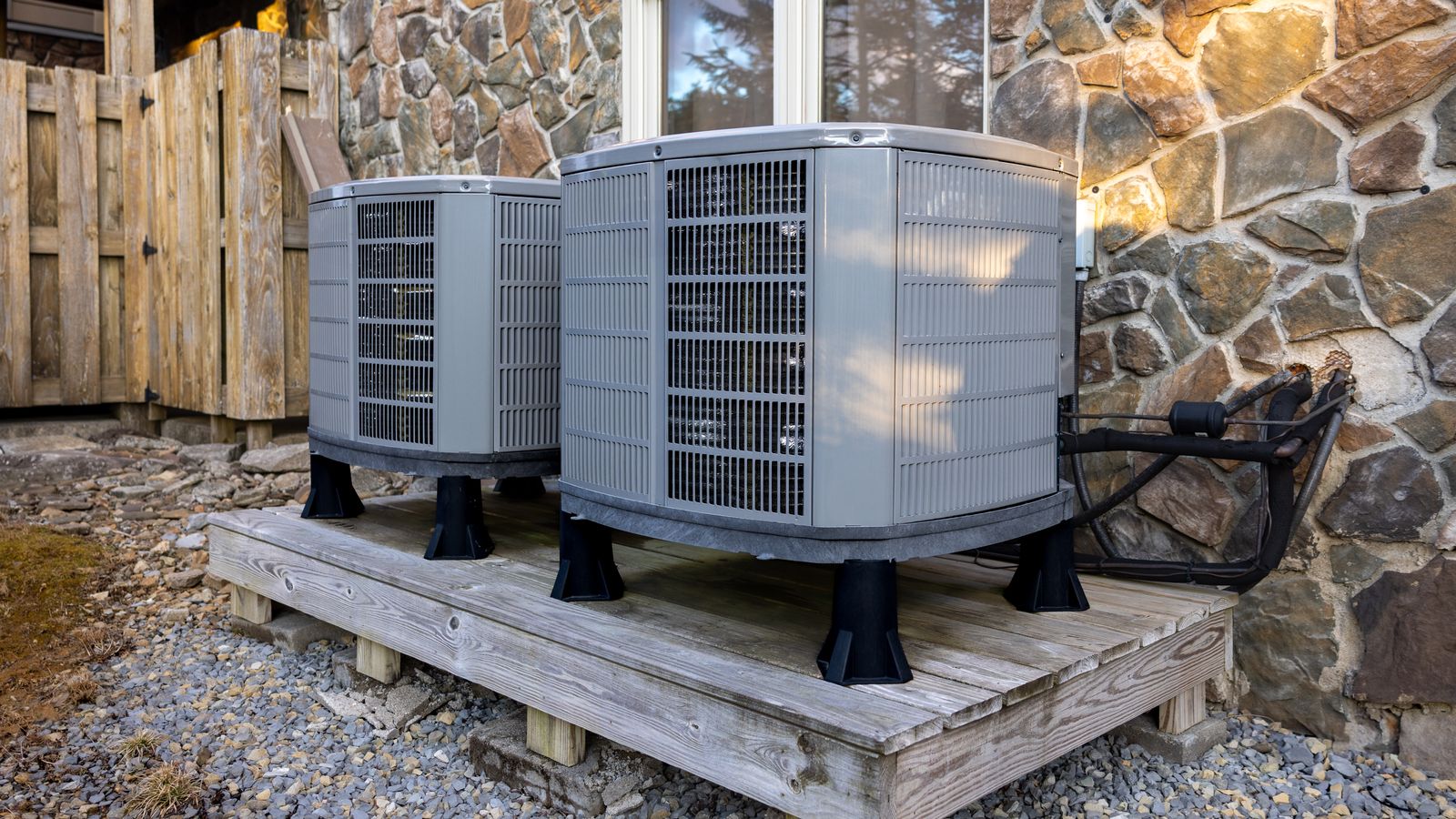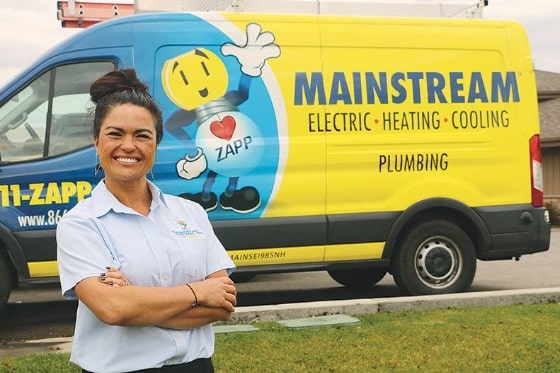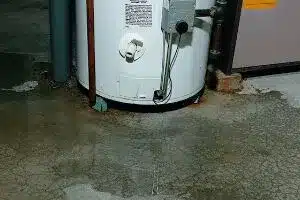Edited: July 16, 2025
Maybe it sparked once and you brushed it off. Maybe it buzzes faintly every time you plug something in. Or maybe your phone charger keeps slipping out of the outlet and you’re getting tired of playing that game every night.
Whatever it is, something doesn’t feel right—and you’re wondering if it’s just a loose outlet or a real safety concern.
You’re not alone. At Mainstream Electric, we’ve seen this story play out hundreds of times in Spokane homes. A homeowner notices a small issue—a plug that won’t stay in, an outlet that feels warm—and it turns out to be the tip of something much bigger.
This guide will walk you through what to watch for, what’s fixable, and when it’s time to bring in a licensed electrician.
What a Failing Outlet Looks Like in Real Life
Before we jump into checklists and codes, let’s talk about what you actually experience when an electrical outlet starts to go bad:
-
The vacuum turns off when you move to the other side of the room.
-
The outlet near the bathroom sink hums when in use.
-
Your child’s nightlight keeps falling out of the socket.
-
You’ve smelled a faint burnt odor but couldn’t find the source.
These things might not seem urgent—but they’re often early warning signs that your electrical system is under stress.
Signs Your Electrical Outlet Needs Repair or Replacement
These are some of the most common issues we see when Spokane homeowners call us about an outlet not working or acting strangely:
Outlet Not Working at All
If the outlet is dead, try resetting the breaker. If that doesn’t fix it—or it keeps tripping—it could be a sign of a faulty outlet, loose wiring, or an overloaded circuit.
Loose or Wobbly Outlets
If the outlet moves when you plug something in, that’s a problem. Over time, those small movements can damage the wires behind the wall and lead to dangerous arcing.
Plugs Fall Out Easily
This usually means the outlet’s internal contacts are worn. Without a snug fit, plugs can slip and arc, which creates heat—and heat leads to fire risks.
Warm or Hot to the Touch
If an outlet or switch plate feels warm, stop using it. This may indicate overloading, loose connections, or faulty wiring behind the scenes.
Buzzing, Crackling, or Sparking
Electricity should be silent. If you hear anything coming from your outlet, shut off the power and call a licensed electrician right away.
Should You Repair or Replace the Outlet?
This is one of the most common questions we get—and the answer depends on what’s going on behind the wall. When you call Mainstream, we always start with a full inspection to understand the cause, not just the symptom.
Repair Might Be Enough If:
-
The outlet is physically intact but has a loose or disconnected wire
-
You’ve recently done a DIY install and just need some adjustments
-
The outlet needs a minor correction, like a spacer to fit the box
Replacement Is the Safer Choice If:
-
The outlet is cracked, scorched, or melted
-
It no longer holds plugs securely
-
It’s an older two-prong outlet with no ground
-
You’re missing GFCI protection in places like bathrooms, kitchens, or outdoors
-
You’re plugging in modern devices and constantly tripping breakers
Even a quick fix deserves a professional set of eyes. We’ll make sure the repair is safe, code-compliant, and built to last—not just patched over.
What Else Could Be Hiding Behind Your Walls?
If one outlet is acting up, there’s a good chance your system has other signs of wear, especially in older homes. When we’re called out for electrical outlet repair, we often find other issues during the inspection—many of them silent and hidden.
Here’s what else we commonly uncover:
-
Missing GFCI Protection – Required in bathrooms, kitchens, laundry rooms, garages, and outdoor areas. If your outlets don’t shut off when there’s a shock hazard, you may need GFCIs installed.
-
Flickering Lights – Often blamed on bulbs, but usually tied to loose wiring or overloaded circuits.
-
Aluminum Wiring – Common in 1960s–70s homes, aluminum expands and contracts, causing connections to loosen and spark.
-
Overloaded Circuits – If you rely on extension cords or your breakers trip often, your system might be underpowered for today’s electronics.
We Are Electrical Systems. We Are Mainstream.
If something feels off—whether it’s a warm outlet, a dead socket, or a plug that just won’t stay in—don’t ignore it. Your home’s electrical system wasn’t built to last forever, and small problems can turn into major hazards if left unchecked.
At Mainstream Electric, we’re not just here to fix an outlet. We’re here to make sure your entire system is safe, code-compliant, and ready to handle your modern life.
Call now to schedule your electrical outlet repair or replacement with Mainstream.
